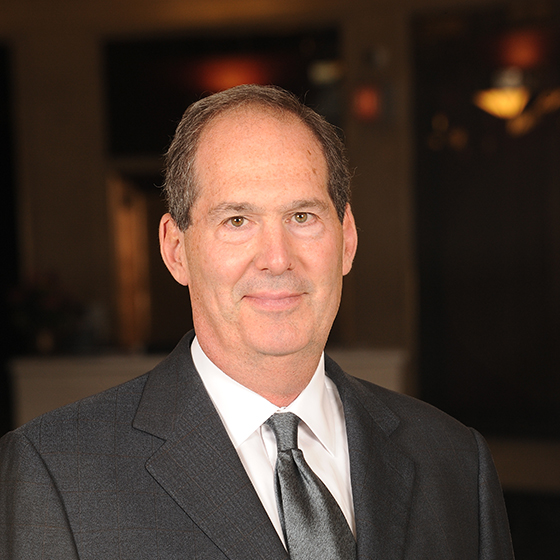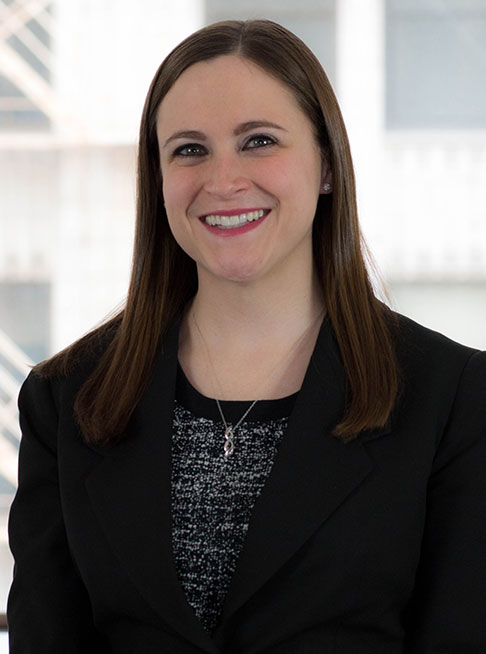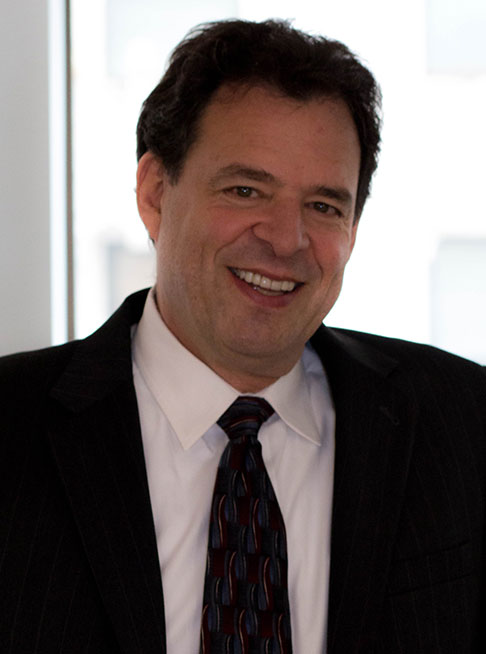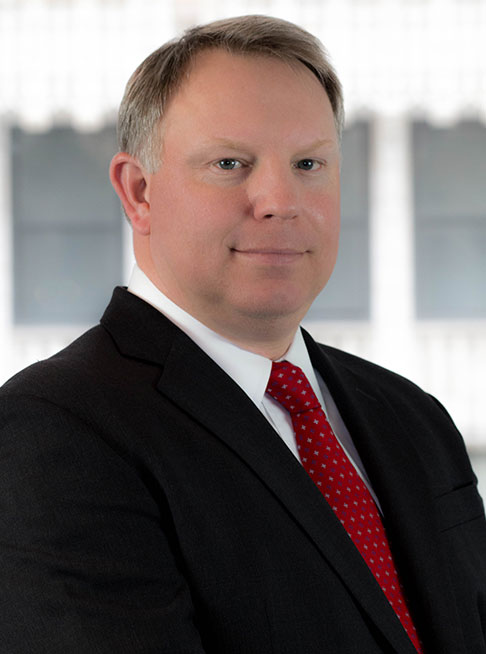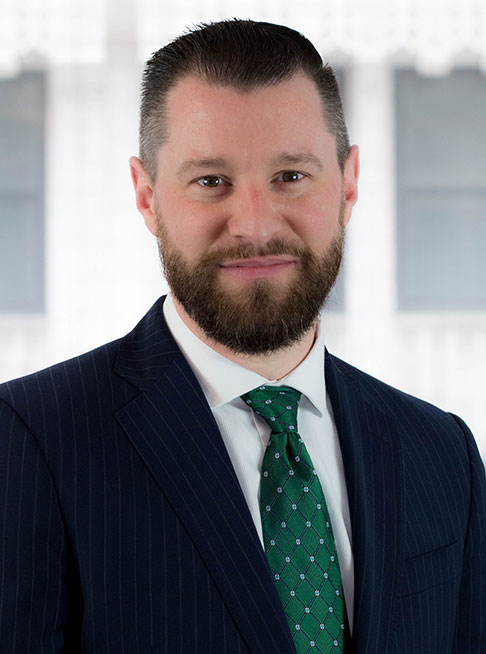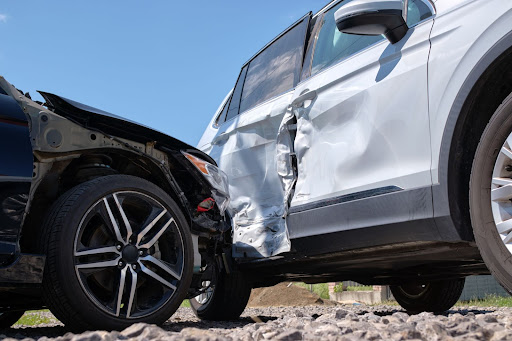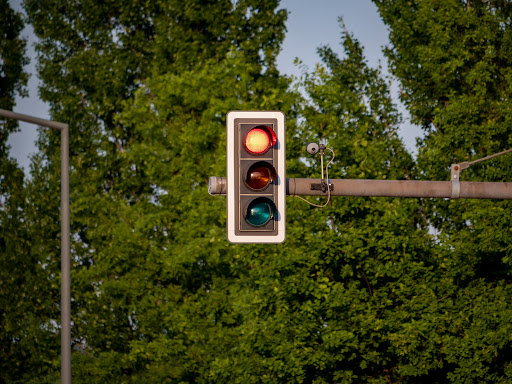A T-bone accident can leave you with serious injuries and property damage. Understanding how to seek compensation from the responsible parties requires help from a skilled Chicago car accident attorney.
At Horwitz, Horwitz & Associates, we can schedule a free consultation with an experienced Chicago T-bone accident lawyer who will examine your claim and help you manage your case.
What is a T-bone accident?
The term “T-bone” refers to how two cars collide. The front of one car hits the side of another car, often causing serious injuries. They’re common at intersections when one car makes a left-hand turn, and the other goes straight.
T-bone accidents can also happen at a guided three or four-way stop if two cars go through the intersection simultaneously, not yielding the right-of-way. In fact, failure to yield the right of way is the most common underlying reason for a T-bone crash.
These types of wrecks are also referred to as side-impact crashes since this is typically the point of impact for one vehicle.
Understanding the dangers of T-bone accidents
The National Highway Transportation Safety Administration estimated that about 20% of all traffic collisions in a recent year were T-bone accidents. These serious accidents have the potential to cause life-changing injuries.
The Illinois Department of Transportation (IDOT) refers to T-bone collisions as “angle collisions,” as the vehicles collide at roughly a right angle. The state recently gathered alarming data that revealed 33,000 total T-bone accidents in one year alone.
Of the 33,000 T-bone collisions in Illinois, there were:
- 9,613 collisions with injuries
- 1,274 collisions with catastrophic injuries
- 74 collisions with at least one fatality
You don’t have to be on the road to experience a T-bone crash. Parking garages and parking lots are common locations for a T-bone, as a driver going in reverse may not see a car crossing behind them. Or, a car could be cutting through a parking lot and hit a car following the directed path between parking spots.
The dangers to drivers and passengers in a T-bone accident
The passengers in the car impacted to the side may end up with serious injuries to their midsection, and not all vehicles are equipped with side airbags. There also aren’t “crumple zones” on the sides of vehicles, which means there’s not much protection for the passengers. The force of the other car hitting the side of the vehicle can feel like a battering ram.
The passengers in the vertical part of the T suffer similar injuries to people in a head-on collision. Although the airbags may deploy, if the T-bone accident happens at high speeds, they may not completely protect the driver and passenger in the front seat. The windshield may shatter, and the flying glass can cause serious facial lacerations and eye damage.
The force of the head-on crash could also cause the engine block to be shoved into the driver and passenger, causing crushing injuries, broken ribs or a collapsed lung, and internal organ damage. The chances of internal bleeding (and sepsis) are high.
Additional cars involved
T-bone accidents can also be dangerous because one or both cars could hit another vehicle due to the force and angle of the collision. And, because so many T-bone accidents occur at intersections, other vehicles may not have enough room to avoid hitting the two crashed vehicles, resulting in a multi-car pile-up.
Common causes of T-bone accidents
T-bone crashes can be especially dangerous and occur due to many causes, including:
Failure to yield the right-of-way
When a driver does not yield to a car with the right-of-way at an intersection, they can cause a T-bone crash.
Running a red light
Most T-bone accidents happen at intersections when a car runs a red light and collides with a car traveling at a 90-degree angle.
Turning across traffic lanes
Left turns most frequently cause T-bone accidents, especially when a driver tries to cross opposing traffic lanes.
Distracted driving
Distracted drivers fail to notice oncoming traffic in time and can cause a perpendicular T-bone accident.
Reckless or aggressive driving
Drivers who speed or drive recklessly risk smashing into the side of another car.
Impaired driving
Drivers under the influence of drugs or alcohol may swerve or fail to avoid other vehicles.
Inattentive pedestrians or cyclists
When pedestrians or bicycle riders stray into traffic, they can force drivers to make choices that result in a T-bone collision. Bike riders may even smash into the side of a car if the driver fails to yield the right of way.
Hazardous weather conditions
Chicago weather is often perilous, causing poor traction and diminished visibility that sets the scene for T-bone crashes.
Mechanical failures
A failed brake system can prevent you from stopping or slowing in time to avoid hitting another car turning left in front of you.
Unsafe road conditions
Lane shifts or construction debris and signage can make it confusing to stay in your lane. Drivers could miss lane markers and end up in a side-impact crash.
Fatigued driving
Sleepy drivers are nearly as dangerous as drunk drivers, leading to a T-bone collision when they fail to stop in time.
Who is at fault in a T-bone accident?
If you’ve been involved in a T-bone collision you didn’t cause and are pursuing compensatory damages from the other party, your Chicago T-bone accident lawyer must prove liability and negligence on the part of the other party.
Which party is liable for the crash depends on how the accident happened. Illinois car accident compensation laws establish fault-based liability, which means that the driver who caused the crash is required to compensate the other party for their injuries, property damage, and other losses.
Proving liability in a T-bone accident is also important when dealing with the insurance company. The other driver’s insurance company (if they have insurance!) is typically the party paying your claim, and you can rest assured that the insurance company will try to deny that their client caused the crash.
Measurement of fault
How much of the fault you share for the accident may impact your ability to collect damages – in Illinois, you can only collect compensation if you were less than 50% responsible for the crash. You can see how important it is for your attorney to prove how the crash happened and that the other driver was more than 50% to blame.
Assignment of fault
It’s commonly thought that the driver who hits the side of another vehicle is the party responsible for the crash, but that’s not always the case. Ultimately, assigning liability in an Illinois T-bone accident lies in establishing which driver had the right-of-way and which driver failed to yield. Most of the T-bone accident causes listed above come down to failure to yield.
Investigation of fault
Your lawyer investigates the details of the crash to establish liability. Was there a guided intersection? Was the traffic light working properly? What was the other driver doing – were they paying attention to the road, or were they distracted and failed to see you making a left-hand turn? The police report should contain valuable information about the crash, but it’s still critical to hire a lawyer with the resources to investigate the case of the crash.
Less commonly, a T-bone accident can happen as part of a multi-car pile-up. Your car may be struck by a driver trying to avoid the initial crash of a multi-car collision, for example, or you may be unable to avoid hitting the side of another car involved in a multi-car crash.
Trial
Suppose your attorney and the other party cannot agree to a settlement for fair and full compensation for your injuries and other losses. In that case, the case will go to trial, and a judge and jury will determine who’s liable.
Our Chicago T-bone accident lawyers are ready to help
After a violent side-impact crash, you need an understanding and experienced advisor to know what to do next. At Horwitz, Horwitz & Associates, your Chicago T-bone accident lawyer will guide you through all the steps, ensuring justice for you.
Contact us to schedule your free consultation through our online form or by calling (800) 985-1819.


